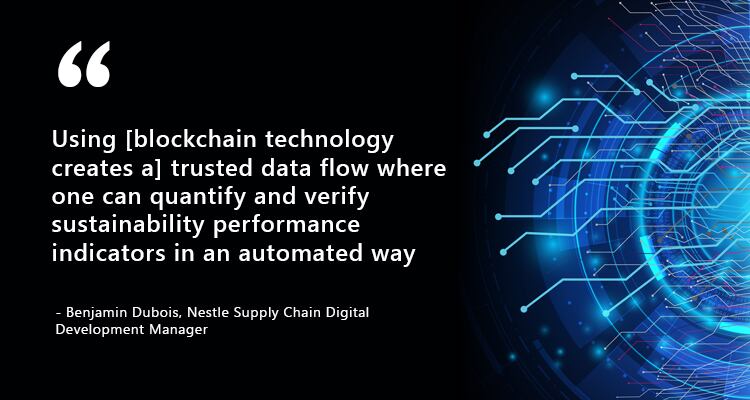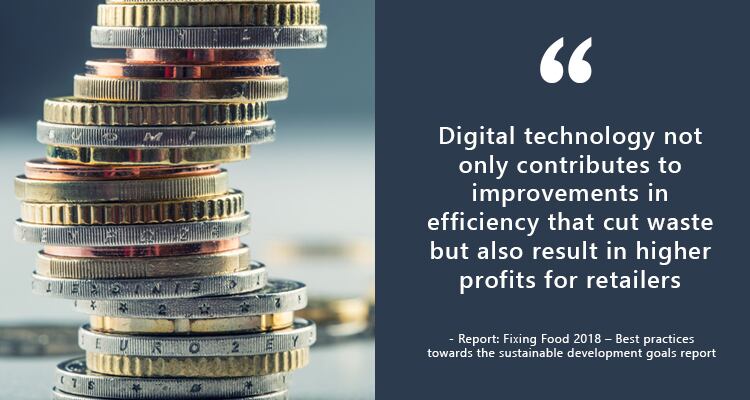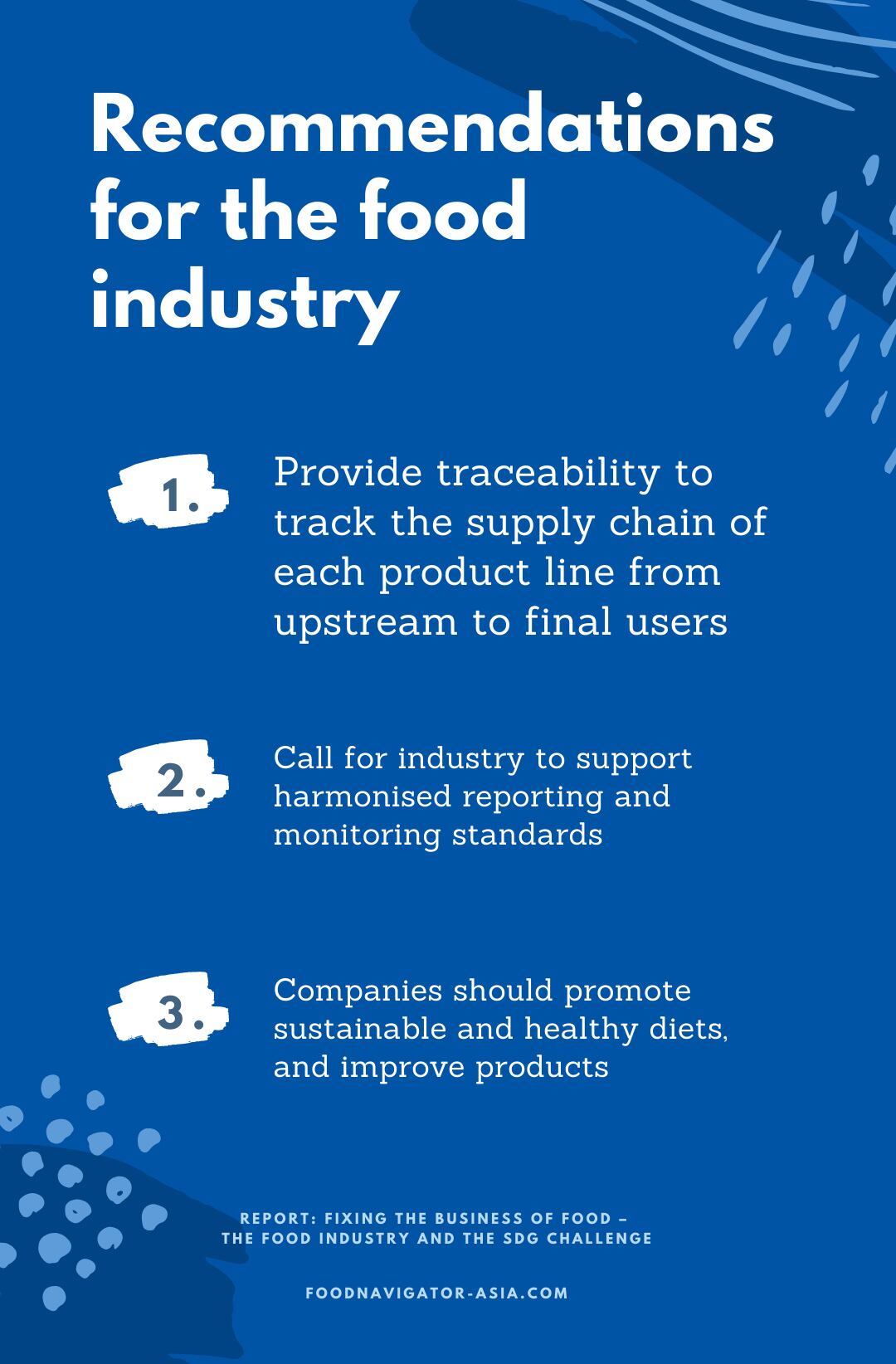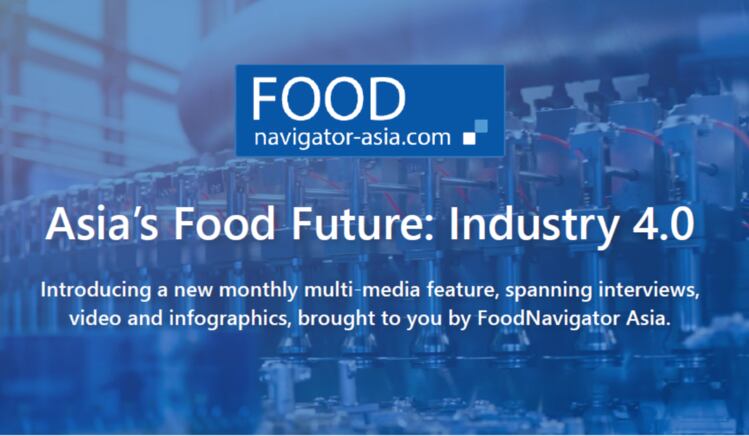According to the Food Sustainability Index (FSI), developed by The Economist Intelligence Unit with the Barilla Center for Food & Nutrition, the sustainability of global food systems is measured using three pillars: food loss and waste; sustainable agriculture; and nutritional challenges.
Although the subject of sustainability is rapidly gaining recognition in the region, there is no doubt that at present global leaders in this area are still mostly located outside of APAC and generally in Europe, as can be seen in the infographic below.

That said, globally consumers everywhere are beginning to expect brands to be sustainable and are willing to pay more to support these brands, including in APAC. According to marketing consultancy experts WARC, food sustainability, health and safety are the top priorities for the food industry in 2019.
In a separate report published by the UN Sustainable Development Solutions Network and authorities on sustainability, the food industry was found to contribute hugely to environmental issues globally as well.
“Food systems account for around one-quarter of greenhouse gas emissions, over 90 percent of scarcity-weighted water use, most losses of biodiversity, overexploitation of fisheries, eutrophication through nutrient overload, and considerable pollution of water and air, for example through the burning of crop residues,” it said.
This emphasized the necessity for food systems to become more sustainable, and technology is a clear key driver here to be applied throughout the food supply chain from helping farmers improve yield, food manufacturers produce more efficiently, and consumers to reduce food waste.
From a manufacturer’s point of view, one of the most major ways to enhance sustainability in food is to ensure the use of sustainable raw materials – here, traceability and transparency of these food sources is key, and this is where technology comes into play.
Global food and beverage MNC Nestle uses blockchain as a means to hit sustainability targets, based on a project the company has been working on for the past one to two years with tech firm IBM and pushed out to retailers such as Carrefour.
“We looked at how we could back our sustainability claims through data and verifiable data flows from partners, suppliers and customers,” Nestle Supply Chain Digital Development Manager Benjamin Dubois told FoodNavigator-Asia.

“It’s great to quantify and verify sustainability performance indicators in an automated way.
“We have also worked with partners such as the World Wildlife Fund’s supply chain food provenance blockchain OpenSC and really, this is an example of how we want to bring the group’s commitments and full transparency on certain supply chains to life through technology.
Every actor along the food value chain from upstream suppliers to downstream retailers are expected to enter the relevant data into the system, from which sources can be traced, so as to ascertain whether the final products were made from sustainably sourced-raw materials.
Dubois added that Nestle is ‘working on’ the Asia Pacific region with regards to this technology after seeing its successful pilot in Europe, especially as there is an ‘appetite’ for this in the region.
“We know that there is an appetite [for this sort of technology] in the APAC region, [so] there are things we are working on that will come next year to consumers there,” he assured.
Watch the video below to find out more:
Two major commodities that Nestle uses for its food and beverage products are palm oil and cocoa – which also happen to be two of the most most-scrutinised food raw materials around.
Tech for palm oil sustainability
Palm oil is one of the biggest commodities that is often in the news for sustainability reasons, for better or worse. The Roundtable for Sustainable Palm Oil (RSPO) is a global authority on palm oil sustainability, laying out standards and criteria to advance the sector worldwide.
RSPO-certified palm oil is what is generally recognised as ‘sustainable palm oil’ in the industry.
According to RSPO CEO Datuk Darrel Weber, many sorts of technologies are being tested with the aim of increasing or ensuring palm oil sustainability. Blockchain in particular is of interest for tracking and tracing, similar to what Nestle is attempting to achieve, but several challenges lie in the way.
“The RSPO has been looking into blockchain for supply chain traceability, but have not been able to implement such a solution yet as we have been told that the palm oil supply chain is too complex,” he told us.
Satellite imagery is currently more widely used within this industry, particularly for activities such as hotspot monitoring.
“We are also moving into working with a partner called Ulula, a software that helps to crowdsource information directly from the palm oil plantation workers. [Apart from monitoring purposes], we could also communicate with them through this to ensure that their welfare is taken care of (plantation employee welfare is a significant factor for palm oil to be RSPO-certified).”
Watch the video below to find out more:
Tech for cocoa sustainability
Another major commodity often in the limelight when it comes to sustainability is cocoa. Olam Cocoa, one of the largest companies in this segment, has an ambitious plan laid out to create a more sustainable cocoa chain by 2030, also underpinned by the use of technology.
“Technology is at the core of how we will deliver on our sustainability ambition Cocoa Compass’ goals and create a more sustainable future for cocoa,” said Olam Cocoa Head of Cocoa Sustainability Andrew Brooks.
“One example is AtSource, our sustainable sourcing platform, which enables us to leverage environmental data, such as greenhouse gases and water, from our supply chain. This allows us to focus on transformative actions on the ground and create transparency for customers at each stage of the supply chain journey.
“Indonesia is an important market for us and we [launched] our first cocoa sustainability initiative there in 2004. [Today], 68,500 Indonesian cocoa farmers are part of Olam Cocoa’s sustainability programmes.”

The concern surrounding cocoa, especially when it comes to deforestation activity in line with this, is such that there is a global commitment commitment between top-cocoa producing countries and leading chocolate and cocoa companies dedicated to this dubbed the Cocoa & Forests Initiative (CFI).
“As a signatory to the Cocoa & Forests Initiative (CFI), we are implementing an action plan to end deforestation, restore forests and work with farming communities that depend on cocoa for their livelihoods,” said Brooks.
“One of the ways we are using technology to do this is through the Forest Loss Risk Index (FLRI) which maps the risk of forest loss and identifies suppliers in areas perceived to have the highest risk. By assigning a high-risk category through the FLRI, we can take action on the ground to prevent future tree loss.”
Environmental concerns aside, this is also good for business - Consumers worldwide are increasingly demanding assurance that what they purchase is safe and sustainable for both people and planet, and technology is an effective way to deliver this assurance.
“Digital tools, such as AtSource, give our customers the ability to meet these expectations and deliver on their own social and environmental targets,” he said.
“We are also currently in testing stages of SCiO, a digital device which acts as a smart sensor to carry out real-time testing of the moisture levels of cocoa beans directly from cocoa farmers. The data collected is cloud-connected to the cloud [which] not only increases traceability but also gives farmers a fair price through accurate quality assessment of their cocoa beans.”
Preventing food waste
Further down the food chain, food waste is a major area of focus for consumers and retailers when it comes to sustainability.
In Japan, tech entrepreneurs are making it easier for people to make use of food that would otherwise be wasted. For example, the Reduce Go app allows registered users to collect unused food from restaurants and food outlets for a monthly fee of ¥1,980 (US$17.50), whereas Tokyo-based company CoCooking launched the Tabete website, which allows consumers to buy meals and food products that would otherwise be thrown away.
Further away, researchers at the Massachusetts Institute of Technology have used nano materials to develop sensors that can detect the ethylene gas or biogenic amines that are emitted as food deteriorates, in the hopes of developing informative ‘smart packaging’.
This would prevent food wastage by giving retailers and consumers far more accurate information on the safety of food, rather than leaving them to rely on imprecise and confusing ‘best before’ labels, which are often interpreted as safety rather than quality labels.

Sustainable nutrition
Environmental and ethical issues aside, food sustainability can also be defined in terms of nutrition. According to the United Nations Food and Agriculture Organisation, sustainable diets have ‘low environmental impacts’, ‘contribute to food and nutrition security’ and ensure ‘healthy life for present and future generations’.
Technology has a role to play here too. In Hong Kong, the government is using a range of technologies, from social media to mobile apps, to increase the consumption of healthy and sustainable food by its citizens. Its NuCal (Nutrition Calculator) app allows uses to create their own personal database of foods in order to monitor their daily intake of nutrients.
Technology can also alleviate some of the challenges facing nutrition. DSM and Bühler Group’s NutriRice was developed using extrusion, which turns broken rice kernels into rice-shaped grains that can be fortified with vitamins and minerals. These are then added to natural rice to ensure controlled intake of the right levels of vitamins and minerals.


